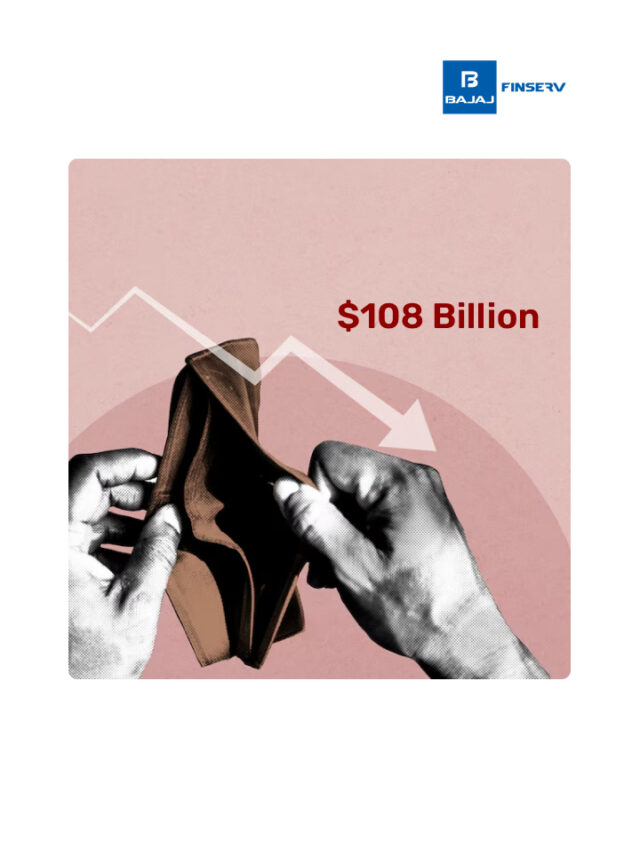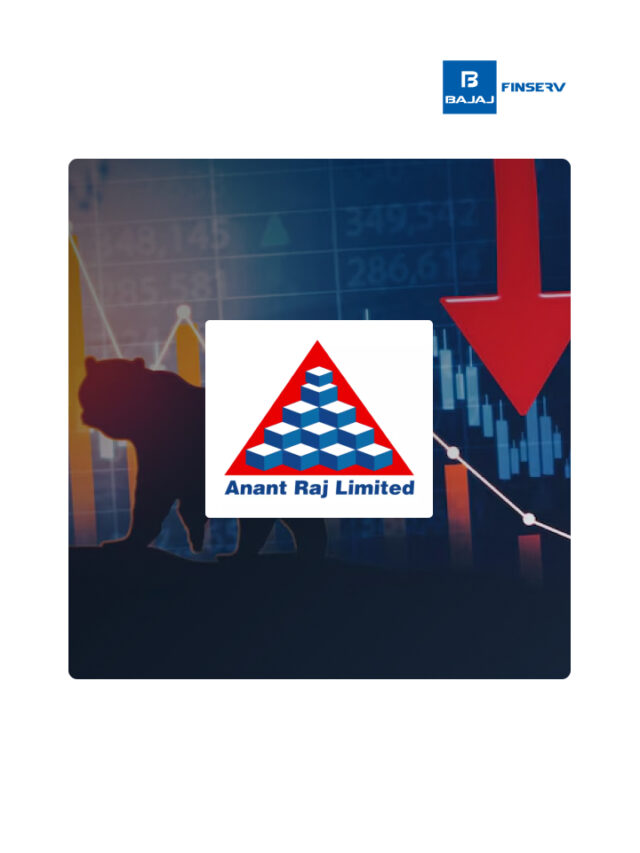Debt-to-Equity (D/E) Ratio
Last Updated on December 13, 2023 by BFSLTeam BFSLTeam

The Debt-to-Equity (D/E) Ratio is a crucial financial metric for investors, reflecting a company’s ability to cover its liabilities with shareholder investments. This ratio bears significant implications for stakeholders, providing insights into the financial risk and leverage a company operates within. In the Indian investment sector, where businesses range from rising start-ups to massive conglomerates, the D/E Ratio helps determine the viability and stability of a company’s financial structure.
In this blog post, we’ll explore the concept of the D/E Ratio, breaking down the complexities for those involved or interested in the Indian financial markets.
Table of Content [hide]
- 1 What Is Debt-to-Equity Ratio?
- 2 How to Calculate Debt-Equity Ratio?
- 3 Formula of Debt-Equity Ratio
- 4 In-Depth Calculation of the D/E Ratio
- 5 Interpreting the Debt-to-Equity Ratio
- 6 Application in the Indian Context
- 7 The Comprehensive Nature of Debt to Equity
- 8 Limitations of D/E Ratio
- 9 Is There an Ideal D/E Ratio?
- 10 Conclusion
What Is Debt-to-Equity Ratio?
The Debt-to-Equity Ratio acts as a key metric that sheds light on how a company balances its debt with the equity owned by its shareholders. It’s a revealing indicator of a company’s financial tactics, offering hints about the company’s inclination towards risk through debt leverage or whether it leans towards a more cautious financial structure bolstered by investments from its shareholders.
Additional Read: What is Put Call Ratio?
How to Calculate Debt-Equity Ratio?
To calculate the debt equity ratio, you need to understand the components that make up the formula. You must gather data on a company’s total liabilities, which include both short-term and long-term debts, and its shareholder equity. The shareholder equity figure is located on the company’s balance sheet, representing the net value to shareholders if assets were liquidated to pay off debts.
The formula for debt-equity ratio is fairly straightforward:
Debt to Equity Ratio=Total Liabilities / Shareholders’ Equity
By using this formula, you’re able to understand how much debt a company is using to finance its assets relative to what is being financed by the shareholders’ investments.
Formula of Debt-Equity Ratio
Going beyond the mere numbers in the debt-to-equity ratio, it’s essential to grasp the financial story it tells. The numerator, total liabilities, covers all debt obligations — from bank loans to outstanding bonds. The denominator, shareholders’ equity, is not just the initial investment by shareholders but also includes retained earnings, which are the profits reinvested into the company.
Additional Read: Current Ratio
In-Depth Calculation of the D/E Ratio
Let’s take a hypothetical Indian company, ‘Future Tech’, to illustrate the calculation.
Suppose Future Tech has a total liability of ₹ 150 crores and shareholder equity of ₹ 100 crores.
To calculate Future Tech’s D/E Ratio, we would divide its total liabilities (₹ 150 crores) by its shareholder equity (₹ 100 crores), yielding a D/E Ratio of 1.5.
This tells us that for every rupee of equity, Future Tech has ₹ 1.5 of debt.
Interpreting the Debt-to-Equity Ratio
Understanding the implications of the Debt to Equity ratio is critical. A ratio greater than 1 indicates that a significant portion of the company’s asset financing is being done through debt, which could be a warning signal for potential investors. Conversely, a ratio less than 1 signifies that more financing is sourced from shareholders’ equity, suggesting a more conservative approach. However, such interpretations require careful consideration and should be viewed through the lens of prevailing industry standards and economic conditions.
Additional Read: How to Calculate Solvency Ratio?
Application in the Indian Context
In India, where industries vary widely in terms of capital structure norms, the D/E Ratio takes on additional layers of significance. For instance, the manufacturing sector might show a higher tolerance for debt, whereas IT companies with minimal physical assets might show lower Debt-to-equity ratios. Recognising this ratio’s relative value is vital for anyone looking to engage with the Indian stock market or in assessing corporate health within the economy.
The Comprehensive Nature of Debt to Equity
The Debt-to-Equity ratio also helps in comparing the growth strategies between companies. Firms with higher D/E Ratios may be perceived as more aggressive, taking on more debt to fuel growth. On the flip side, firms with low D/E Ratios could be seen as risk-averse but may also be missing out on growth opportunities that debt can facilitate.
Limitations of D/E Ratio
Here are some limitations:
- It does not differentiate between types of debt (fixed vs. variable interest rates).
- It does not take into account the maturity profile of the company’s debt.
- It can be distorted by factors such as off-balance-sheet financing.
- It does not reflect the company’s operational efficiency or profitability.
Is There an Ideal D/E Ratio?
While there is no universally ideal Debt to Equity ratio, stakeholders tend to have a range that they consider acceptable, often influenced by industry benchmarks. In India, a D/E Ratio of 2 might be suitable for a capital-intensive industry, whereas a technology firm might be expected to maintain a ratio of less than 1 to be considered healthy.
Conclusion
Debt to Equity is more than a mere calculation; it is an insightful measure of a company’s financial leverage and a strategic tool for stakeholders. The Debt-to-Equity ratio, rooted in the formula of debt-equity ratio, is a fundamental indicator for investors in the Indian economy to evaluate risk, investment potential, and the financial health of a company. However, it should be considered with an understanding of the company’s industry norms, growth strategy, and economic environment. By understanding how to calculate the debt-equity ratio effectively, stakeholders can make more informed decisions, ensuring they are equipped to navigate through the complexities of the Indian financial markets.
Disclaimer: Investments in the securities market are subject to market risk, read all related documents carefully before investing.
This content is for educational purposes only.










